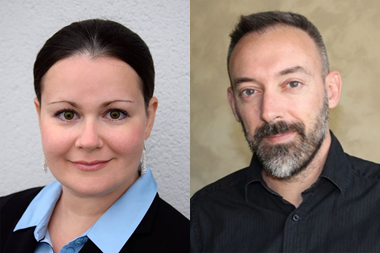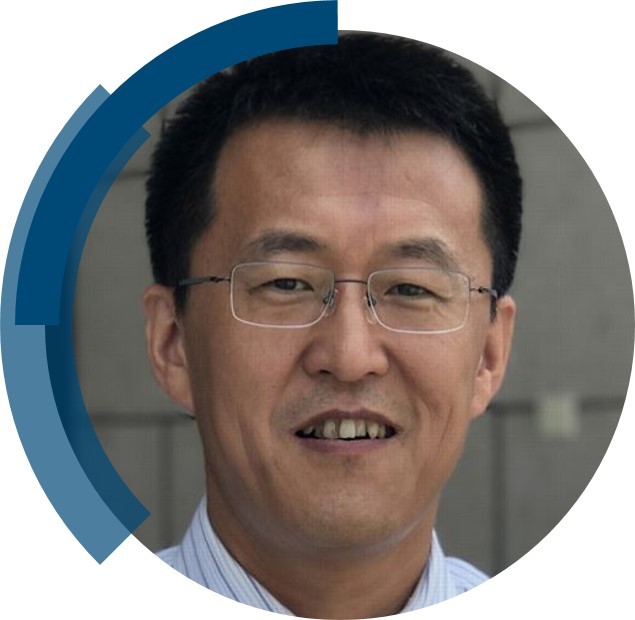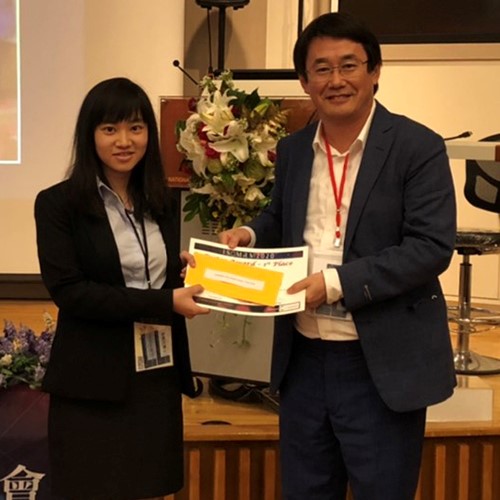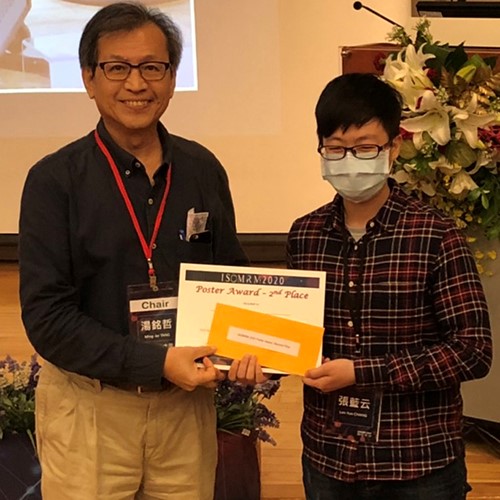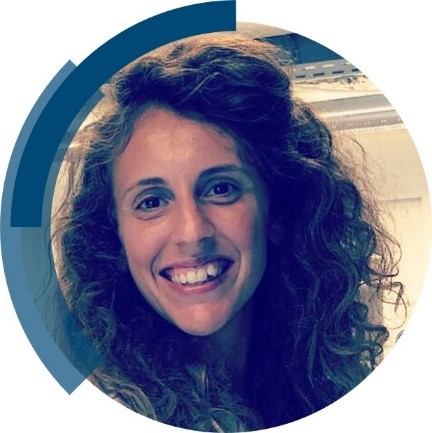|
Journal of Materials Chemistry B is delighted to announce a call for papers for its latest themed issue on “New era in advanced functional materials emerging from molecular imprinting and related techniques” to be published in 2022. Guest Edited by: Toshifumi Takeuchi (Kobe University, Japan), Karsten Haupt (Université de Technologie de Compiègne, France), and Guoping Chen (National Institute for Materials Science, Japan) Recent developments in molecular imprinting and related technologies have attracted a great deal of attention in the field of materials science. Many scientists and engineers in academia and industry, in the analytical, biomedical, environmental and materials sciences are interested in molecularly imprinted polymers (MIPs). Unfortunately, the 11th International Conference on molecular imprinting (MIP2020), due to be held in Hiroshima (Japan), has been cancelled due to the COVID-19 pandemic. Even under such circumstances, work has continued to develop new MIPs. Therefore, this themed issue of Journal of Materials Chemistry B aims to collect the latest information on MIP research, act as the most relevant venue for sharing new ideas and recent advances, and accelerate future developments in molecular imprinting and related techniques, in place of the MIP2020 conference. The scope of this themed collection ranges from new concepts and principles to advanced preparation techniques and industrial applications, including design, synthesis and characterization, affinity separation, sensing, and biological applications. This call for papers is open for the following article types: |
|
Submission Deadline: 7 February 2022
|
|
If you would like to contribute to this themed issue, you can submit your article directly through the journal’s online submission service at https://mc.manuscriptcentral.com/jmchemb. Please add a “note to the editor” in the submission form when uploading your files to say that this is a contribution to the themed issue. The Editorial Office reserves the right to check suitability of submissions in relation to the scope of the collection, and inclusion of accepted articles in the final themed issue is not guaranteed. Submissions to the journal should contain chemistry in a materials context and should fit within the scope of Journal of Materials Chemistry B. Please see the journal’s website for more information on the journal’s scope, standards, article types and author guidelines. |












